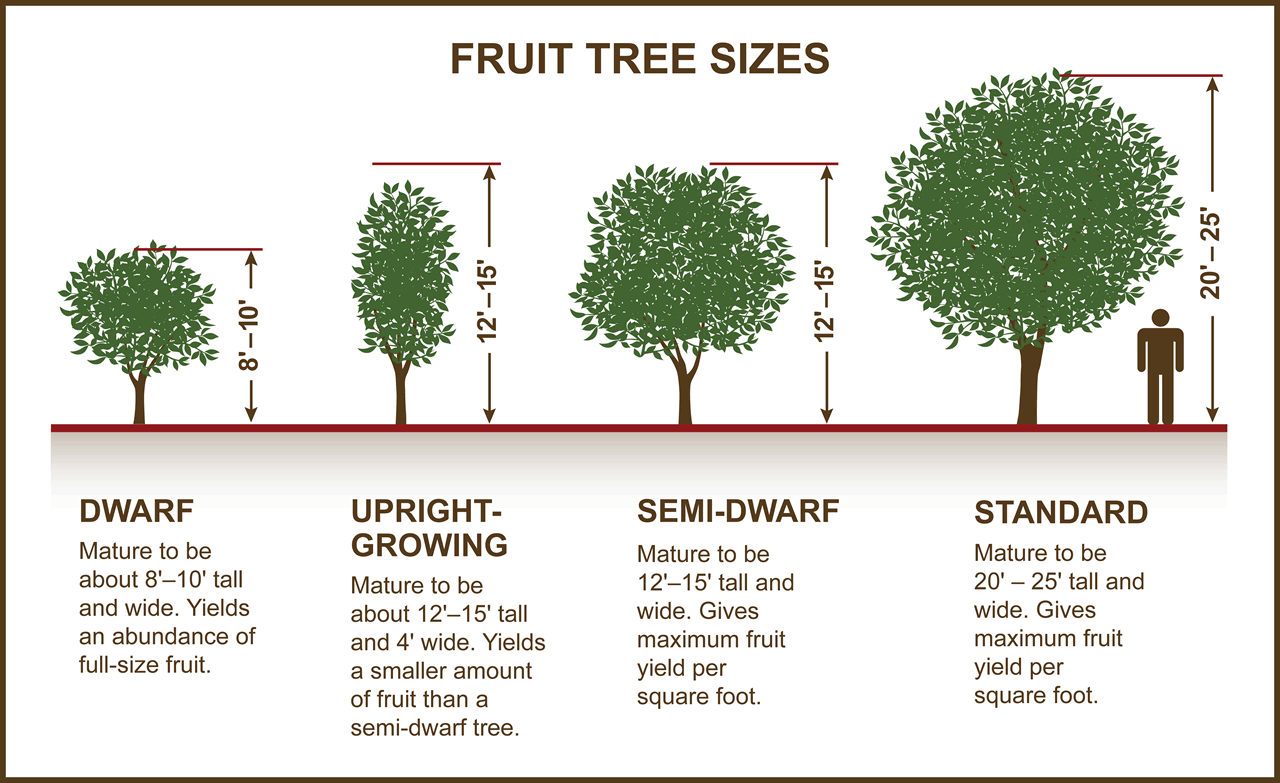Comprehension of Fruit Thinning
Experienced cultivators employ fruit thinning as a critical technique to augment the size of the fruits that their trees produce. The underlying principle of this approach is simple: by decreasing the quantity of fruits on a tree, the remaining fruits are provided with additional resources, which enables them to expand. Thinning out a portion of the maturing fruits during the early phases of a fruit tree's existence can result in a more abundant and substantial yield.
Methods for Efficient Fruit Thinning: Evaluate the tree's fruit burden at the beginning of the season.
To mitigate competition, eliminate approximately one-third of the immature fruits.
Ensure that the remaining fruits are positioned at a minimum of six to eight inches apart.
Growers can prevent the stunted growth that results from an overabundance of fruits competing for limited resources by optimizing the distribution of nutrients and energy to the fruits through the implementation of these procedures.
Factors that Influence Fruit Size
Although fruit reduction is a potent instrument, the size of fruits can also be influenced by other factors. Fruit growth can be impeded by weather conditions, such as mild temperatures during the cell division phase or cloudy weather that reduces carbohydrate availability. Furthermore, fruit development may be impaired by nutrient deficiencies, pest or disease pressures, and insufficient water. In such instances, it may be necessary to implement a more aggressive pruning strategy. Certain experts suggest that the removal of up to three-quarters of the fruits is necessary to guarantee that the survivors receive sufficient nutrition.
Key Environmental Factors to Monitor: Temperature fluctuations during critical development phases
Cloud cover and sunlight exposure
Irrigation practices and water availability
Nutrient management and soil fertility
Control and presence of pests and diseases
Local expertise and experimentation
Growers are encouraged to experiment with various horticultural practices and thinning techniques in order to attain larger produce proportions. Mature trees are resilient and can endure a variety of interventions without discontinuing fruit production. Utilizing novel methodologies and monitoring their outcomes can provide valuable insights into the optimal approach for a specific tree or orchard.
Customized recommendations can be obtained by consulting with regional horticultural specialists or visiting a local nursery, which are based on the specific tree species and local growing conditions. These professionals can provide cultivators with more precise and pertinent advice than general guidelines, thereby enabling them to surmount the obstacle of small products and achieve the desired results.
In conclusion,
The aspirations of a cultivator do not have to conclude with small produce. Tree producers can substantially enhance the size of their fruits by comprehending and implementing the principles of fruit reduction, monitoring environmental factors, and pursuing local expertise. Trial, learning, and adaptation are all necessary steps in the pursuit of larger, more gratifying harvests. However, with the proper knowledge and persistence, this objective is easily achievable.



